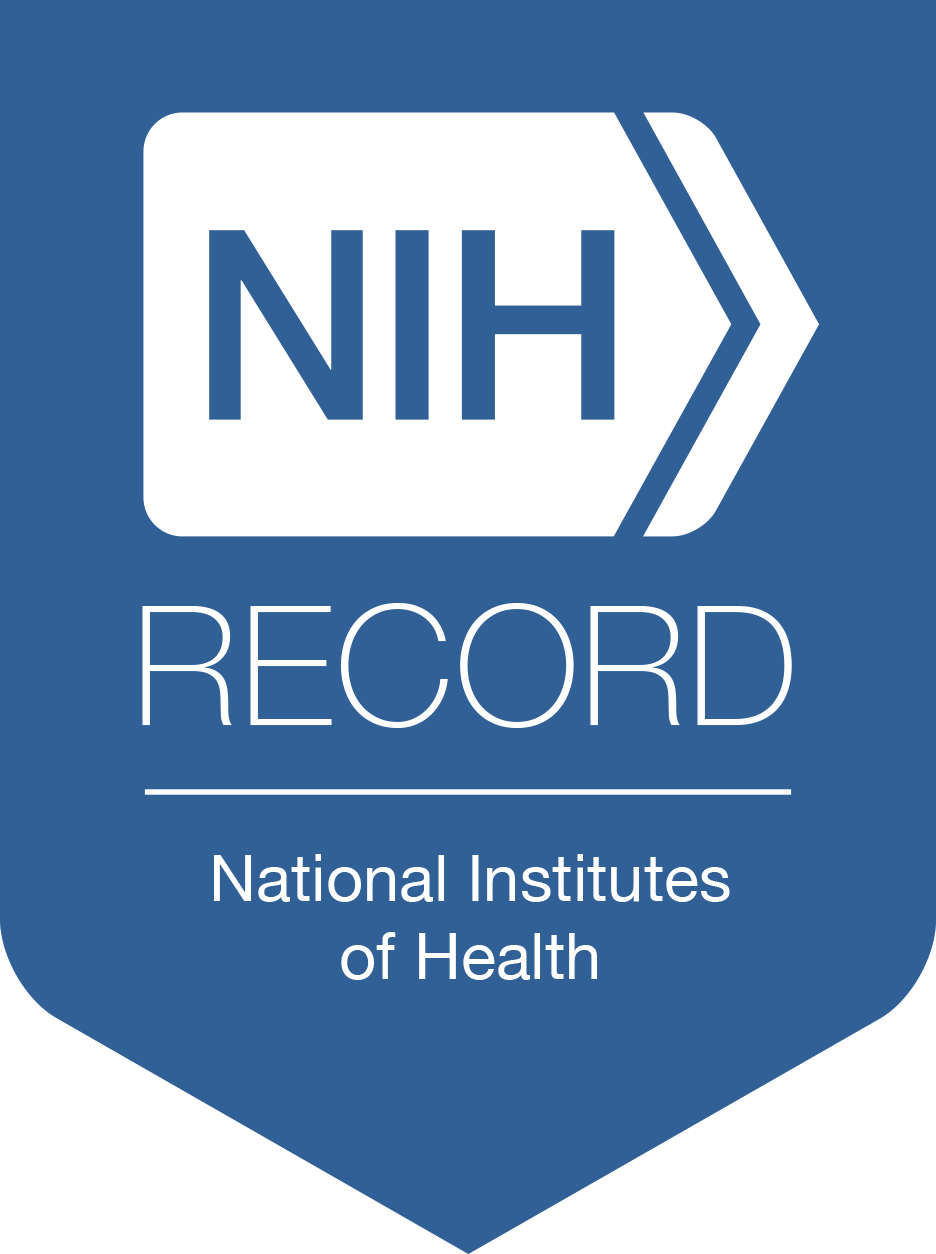Scientists Map Detailed Connections, Visual Perception in Mouse Brain

Photo: Allen Institute
In a massive NIH-funded effort, hundreds of researchers have helped map the connections between hundreds of thousands of neurons in the mouse brain and overlayed their firing patterns in response to visual stimuli. This breakthrough is critical in understanding how our brains process visual information to reconstruct the images we see every day.
The human brain processes information via electrical firing of 86 billion neurons that make trillions of connections with each other. The secrets of how our brain enables us to think, feel and act lie hidden in the complex wiring and barrage of electrical signals that move across it in milliseconds.
While the current findings focus on a tiny fraction of the brain, they reveal the complex connections between the cells and how those connections are wired to produce functional responses.
To carry out the study, researchers presented video clips to mice genetically engineered for their neurons to emit light when they fire. The neuron-firing patterns in areas on the brain surface associated with vision were recorded across a cubic millimeter—about the size of a grain of sand. Within this small amount of tissue lies remarkable complexity: four kilometers of axons, the pathways that nerve cells use to communicate with each other, intertwined to make more than 524 million connections across 200,000-plus cells.
To map these connections, teams worked 12-hour shifts for 12 straight days to carefully cut and image ultra-thin slices of the brain tissue using electron microscopes (EM). Reconstruction required stitching together almost 28,000 EM images. This was followed by months of tracing the connections using deep learning algorithms. A total of 1.6 petabytes of data were collected to create this tiny map, the equivalent of 22 years of continuous HD video.
This information could help us understand how the brain functions, both normally and as the result of various disorders or injuries.
